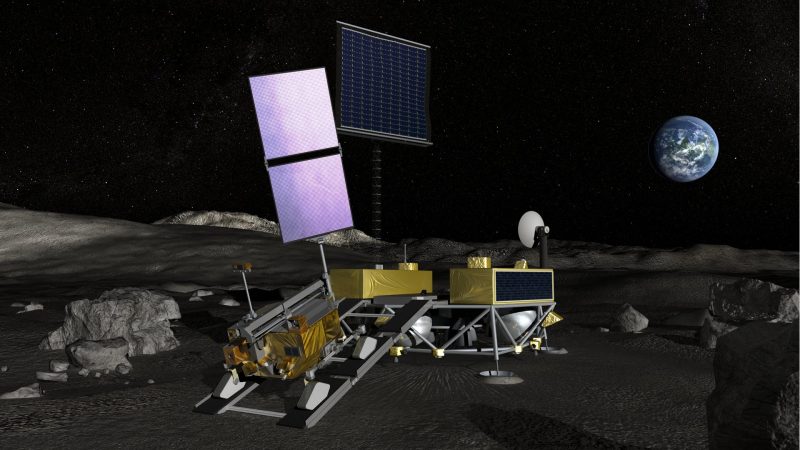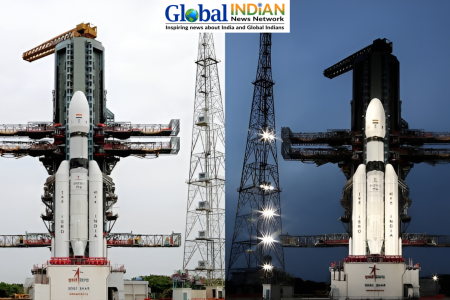 India’s National Space Commission has cleared the way for the country’s fifth lunar mission, the Lunar Polar Exploration Mission (Lupex), in collaboration with Japan. This mission, unlike the earlier Chandrayaan missions, will be a joint effort between Isro and Japan, with the aim of exploring the Moon’s surface, particularly for water and other essential resources, while also advancing technology for human landings. The Union cabinet has already approved Chandrayaan-4, and the Lupex mission is awaiting final clearance, although Isro has the go-ahead to begin working on it.
India’s National Space Commission has cleared the way for the country’s fifth lunar mission, the Lunar Polar Exploration Mission (Lupex), in collaboration with Japan. This mission, unlike the earlier Chandrayaan missions, will be a joint effort between Isro and Japan, with the aim of exploring the Moon’s surface, particularly for water and other essential resources, while also advancing technology for human landings. The Union cabinet has already approved Chandrayaan-4, and the Lupex mission is awaiting final clearance, although Isro has the go-ahead to begin working on it.
According to Isro chairman S Somanath, the Lupex mission is crucial in progressing India’s long-term lunar goals, which include eventually sending humans to the Moon. Japan has committed to the mission by assigning a firm to develop the rover and allocating funds and a launcher. However, Lupex faced delays initially due to India’s inability to achieve a soft landing on the Moon with Chandrayaan-2. After the successful Chandrayaan-3 mission, Isro re-engineered the Lupex spacecraft, including developing a new lander engine capable of supporting future human landings.
The mission’s new lander will be heavier than previous designs and will carry a 350kg rover. Due to the rover’s size, Isro is exploring using a sky-crane mechanism to safely deploy the rover on the lunar surface. Looking ahead, Chandrayaan-5 is expected to follow soon after Lupex, with Isro exploring the technologies required to enable human landings on the Moon in future missions.













